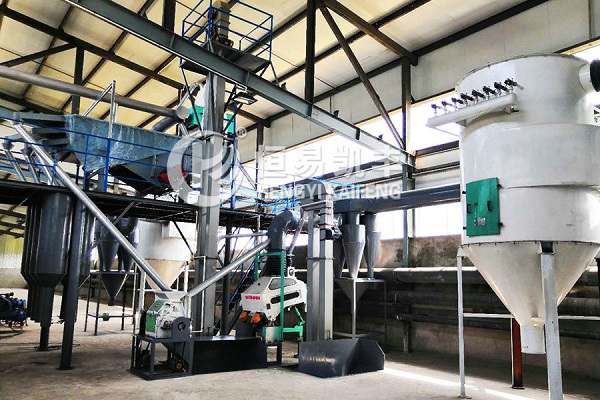Activated Carbon Production Equipment Activation Furnace working principle, activated carbon formation!
Activated Carbon Equipment - the activation furnace uses oxygen-containing gases such as steam, flue gas (the main component is CO2) or its mixed gas as the activator to contact with carbon at high temperature for oxidation-reduction reaction and activation to generate carbon monoxide, carbon dioxide, hydrogen and other hydrocarbon gases, so as to achieve the purpose of pore formation in carbon particles through carbon gasification reaction ("loss of ignition"). The main chemical reaction formula is as follows:
C+2H2O 2H2+CO2-18kcal ①
C+H2O H2+CO-31kcal ②
CO2+C 2CO-41kcal ③
The above three chemical reactions are endothermic reactions, that is, with the progress of the activation reaction, the temperature in the activation reaction area of the
Activated Carbon Activation Furnace will gradually decrease. If the temperature in the activation area is lower than 800 ℃, the above activation reaction cannot be carried out normally. Therefore, part of the air and the gas generated by activation need to be introduced into the activation reaction area of the activation furnace at the same time to supplement heat, Or supplement the external heat source to ensure the activation temperature of the activation reaction area of the activation furnace.
Activation reaction is a heterogeneous reaction of gas-solid system. The activation process includes physical and chemical processes. The whole process includes the diffusion of activator in gas phase to the outer surface of carbonized material, the diffusion of activator to the inner surface of carbonized material, the adsorption of activator by the inner and outer surfaces of carbonized material, gasification reaction on the surface of carbonized material to generate intermediate products (surface complexes) The intermediate products are decomposed into reaction products, the reaction products are desorbed, and the desorbed reaction products diffuse from the inner surface of the carbonized material to the outer surface. The purpose of activation and pore forming is finally achieved through the following three stages.

(activated carbon activation furnace)
Stage I: opening of pores formed during carbonization but blocked by disordered carbon atoms and heteroatoms, that is, at high temperature, the activated gas reacts with disordered carbon atoms and heteroatoms first.
Stage II: the open pores are expanding, penetrating and developing in depth. Due to the unsaturated structure, the carbon atoms at the edge of the pores are easy to react with the activated gas, resulting in the continuous expansion and development in depth of the pores.
Three stages: the formation of new pores. With the continuous activation reaction, new unsaturated carbon atoms or active points are exposed to the microcrystalline surface, so these new active points can react with other molecules of the activated gas. This uneven combustion on the microcrystalline surface will continuously lead to the formation of new pores.
The main operating conditions of activation furnace process control include activation temperature, activation time, flow and temperature of activator, feeding speed, oxygen content in activation furnace, etc.




